Newly Discovered Amazon Rock Art Show The Rainforest's Earliest Inhabitants Living With Giant Ice Age
Newly discovered Amazon rock art show the rainforest's earliest inhabitants living with giant Ice Age animals

Amazonian rock art newly discovered by researchers provides further proof the rainforest’s earliest inhabitants lived alongside now-extinct giant Ice Age animals.
The thousands of pictures are among the oldest depictions of people interacting with the huge creatures, including mastodons. Usually the only clues about their appearance are skeletal remains.
This is one of the largest collections of rock art found in South America. The recorded drawings, likely first made around 12,600 and 11,800 years ago, are on three rock shelters on hills in the Colombian Amazon. The paintings, identified during landscape surveys, also depict geometric shapes, human figures, and handprints, as well as hunting scenes and people interacting with plants, trees and savannah animals. The vibrant red pictures were produced over a period of hundreds, or possibly thousands, of years. Read more.
More Posts from Primordialbitch and Others
Hubble fortuitously discovers a new galaxy in the cosmic neighborhood
Astronomers using the NASA/ESA Hubble Space Telescope to study some of the oldest and faintest stars in the globular cluster NGC 6752 have made an unexpected finding. They discovered a dwarf galaxy in our cosmic backyard, only 30 million light-years away. The finding is reported in the journal Monthly Notices of the Royal Astronomical Society: Letters.

An international team of astronomers recently used the NASA/ESA Hubble Space Telescope to study white dwarf stars within the globular cluster NGC 6752. The aim of their observations was to use these stars to measure the age of the globular cluster, but in the process they made an unexpected discovery.
Keep reading
TRAILER: “NO BLADE OF GRASS” (1970)
This adaptation of John Christopher’s novel “The Death of Grass” was co-written, directed and produced by Cornel Wilde. It’s a British/American co-production starring Nigel Davenport, Jean Wallace, and John Hamill.
It follows the survivors of a plague that has hit London in the not too distant future - at least the future not too distant from 1970. When London is overwhelmed by food riots caused by a global famine, a man tries to lead his family to safety in Westmorland. The family is joined by a violent man and his girlfriend as they try to leave before martial law and complete anarchy ensue.
As we’ve been discussing in our ongoing podcast series “Sci Fi Time Capsule”, there’s no era of science fiction film quite like the 1970s.
“No Blade of Grass” is a bit of a rare film, but you can buy it on DVD or stream it on Apple TV, Amazon Prime Video, and The Criterion Channel.
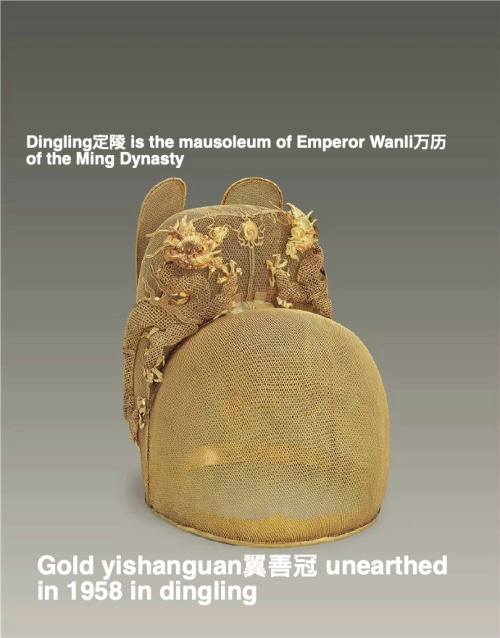
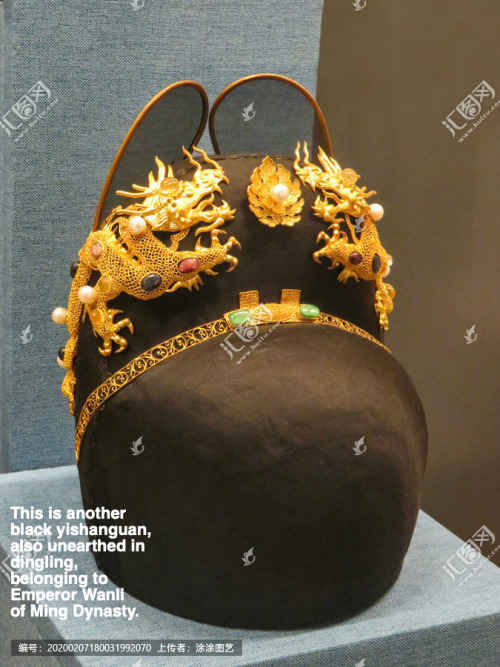
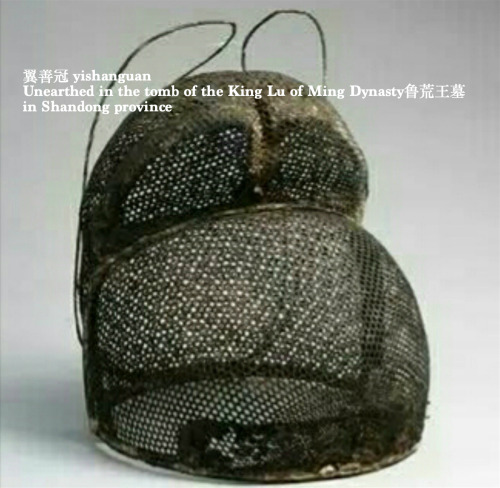

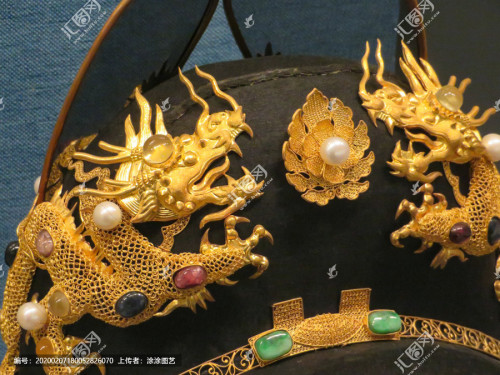
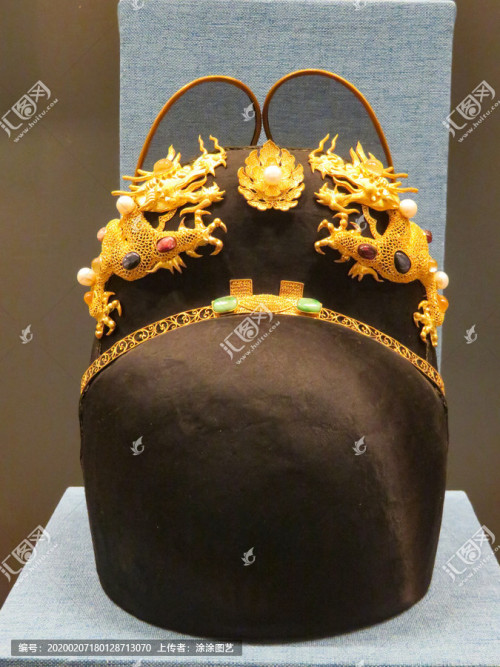
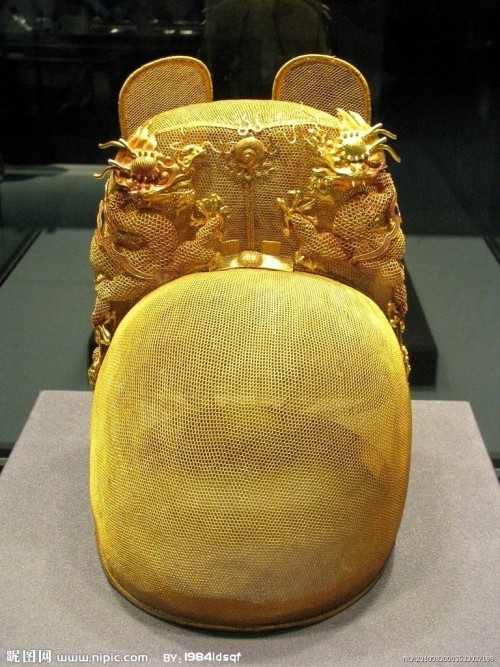
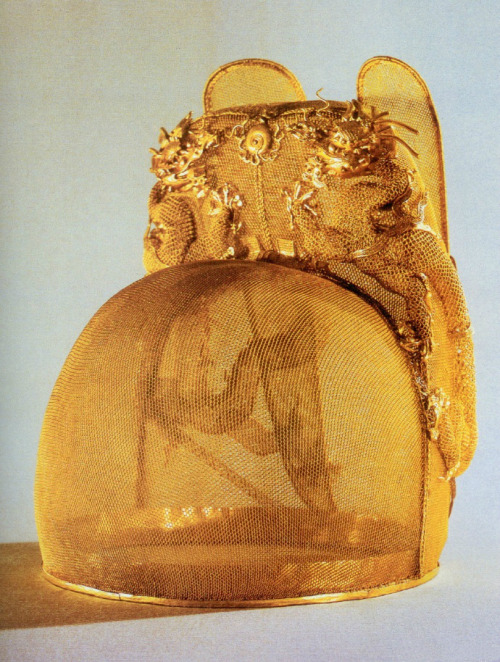


翼善冠yi-shan-guan, a type of hat in Chinese hanfu for ancient emperors and kings.
The term first appeared in Tang Dynasty and invented by Emperor Taizong of Tang. Quotes according to the official records of Tang, Song and Ming Dynasty. “唐贞观中,太宗采古制为翼善冠,自服之。朔望视朝,以常服及帛练裙襦通着之。若服袴褶,又与平巾帻通用。见宋王溥《唐会要.舆服上》﹑《旧唐书.舆服志》。明永乐三年,定皇帝常服冠以乌纱覆之,折角向上,亦名翼善冠。见《明史.舆服志二》。”
The yishanguan also has a corresponding hat of very similar shape in the official class and the commoner class, called wushamao乌纱帽, and in fact the yishanguan can be considered a variant of wushamao.
Actually yishanguan does have another name, called wu-sha-zhe-shang-jin乌纱折上巾, which means a hat made of black gauze with folded wings upward, and that’s what distinguishes it from an ordinary wushamao.
As for the origin of wushamao, it is futou幞头 in the Tang Dynasty. Futou in the Tang Dynasty originates from fujin幅巾 in the Han Dynasty. In the Han Dynasty, people wrapped their heads in a whole pair of soft cloth, so it was called fujin幅巾(It literally means a whole piece of cloth).

Some wushamao without wings, worn by officials, are similar in shape to the Yishanguan worn by the emperor. In Chinese historical dramas and costume dramas, jin-yi-wei锦衣卫, the imperial guards of secret service agent in the emperor’s court often wore this kind of wushamao without wings. And most wushamao have flush, long oval wings. There is a type of wushamao with particularly slender wings that is inherited from the Song Dynasty and is considered more formal.
The pictures below are ancient wushamao from the museums’ collection, as well as portraits of Ming Dynasty officials.


Because jinyiwei锦衣卫 resembles ancient agents, it is very popular among Chinese artists, who often draw characters wearing jinyiwei-style hanfu.

Then again, the following pictures are of Ming emperors wearing yishanguan. These pictures are accurate for reference.



Animated version drawn by 燕王WF

There are some ancient paintings from the Song and Ming dynasties, on which people are wearing various kinds of wushamao.






The above is the brief introduction about yishanguan and wushamao, after that I will also introduce more other types of hanfu hats.
How do blackholes form and how do they move ?
Black holes ruled out as universe's missing dark matter
For one brief shining moment after the 2015 detection of gravitational waves from colliding black holes, astronomers held out hope that the universe’s mysterious dark matter might consist of a plenitude of black holes sprinkled throughout the universe.
University of California, Berkeley, physicists have dashed those hopes.

Based on a statistical analysis of 740 of the brightest supernovas discovered as of 2014, and the fact that none of them appear to be magnified or brightened by hidden black hole “gravitational lenses,” the researchers concluded that primordial black holes can make up no more than about 40 percent of the dark matter in the universe. Primordial black holes could only have been created within the first milliseconds of the Big Bang as regions of the universe with a concentrated mass tens or hundreds of times that of the sun collapsed into objects a hundred kilometers across.
The results suggest that none of the universe’s dark matter consists of heavy black holes, or any similar object, including massive compact halo objects, so-called MACHOs.
Keep reading
Faint starlight in Hubble images reveals distribution of dark matter
Astronomers using data from the NASA/ESA Hubble Space Telescope have employed a revolutionary method to detect dark matter in galaxy clusters. The method allows astronomers to “see” the distribution of dark matter more accurately than any other method used to date and it could possibly be used to explore the ultimate nature of dark matter. The results were published in the journal Monthly Notices of the Royal Astronomical Society.

In recent decades astronomers have tried to understand the true nature of the mysterious substance that makes up most of the matter in the Universe – dark matter – and to map its distribution in the Universe. Now two astronomers from Australia and Spain have used data from the Frontier Fields programme of the NASA/ESA Hubble Space Telescope to accurately study the distribution of dark matter.
Keep reading
the fact that jupiter and saturn haven’t been physically and observably this close since 1226 is so poetic bc you’re telling me i’m going to look up at and admire the same astronomical anomaly in the sky that someone hundreds and hundreds of years ago, with less knowledge of the stars and the planets than we have now, also looked up at and admired nonetheless. the past is long gone but the awareness of being connected to someone somewhere long ago thru the night sky is overwhelming me

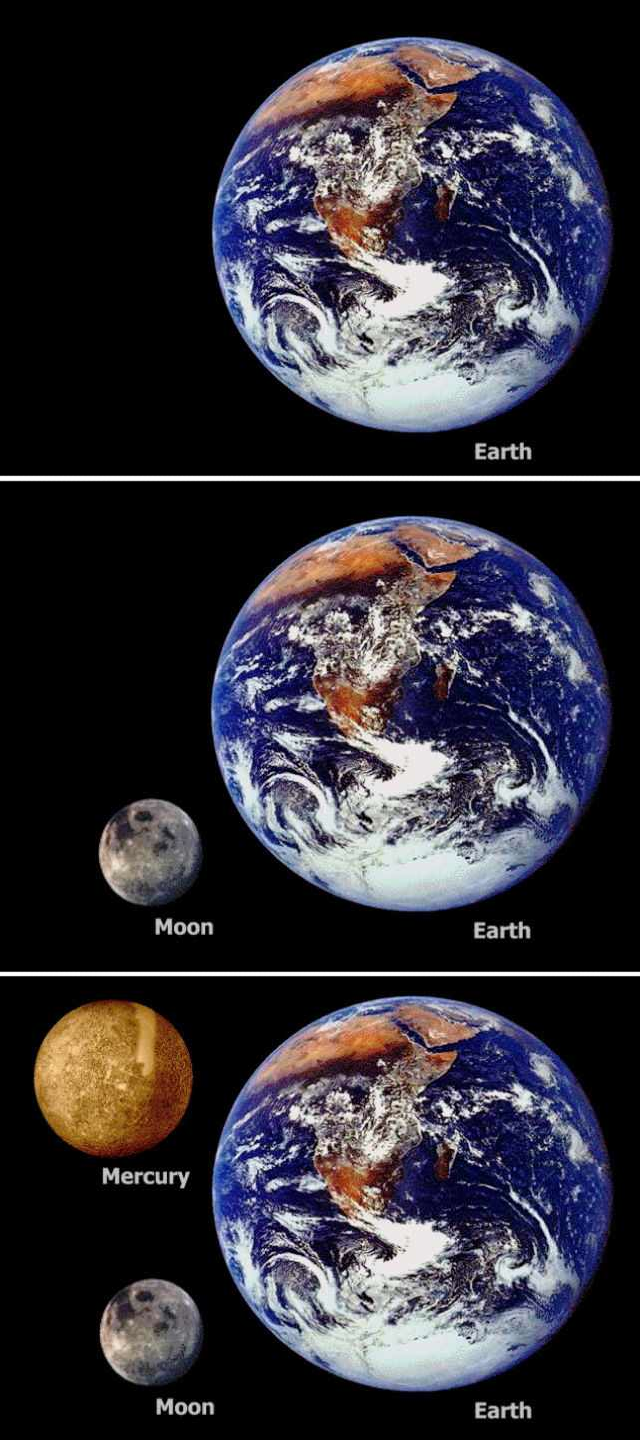
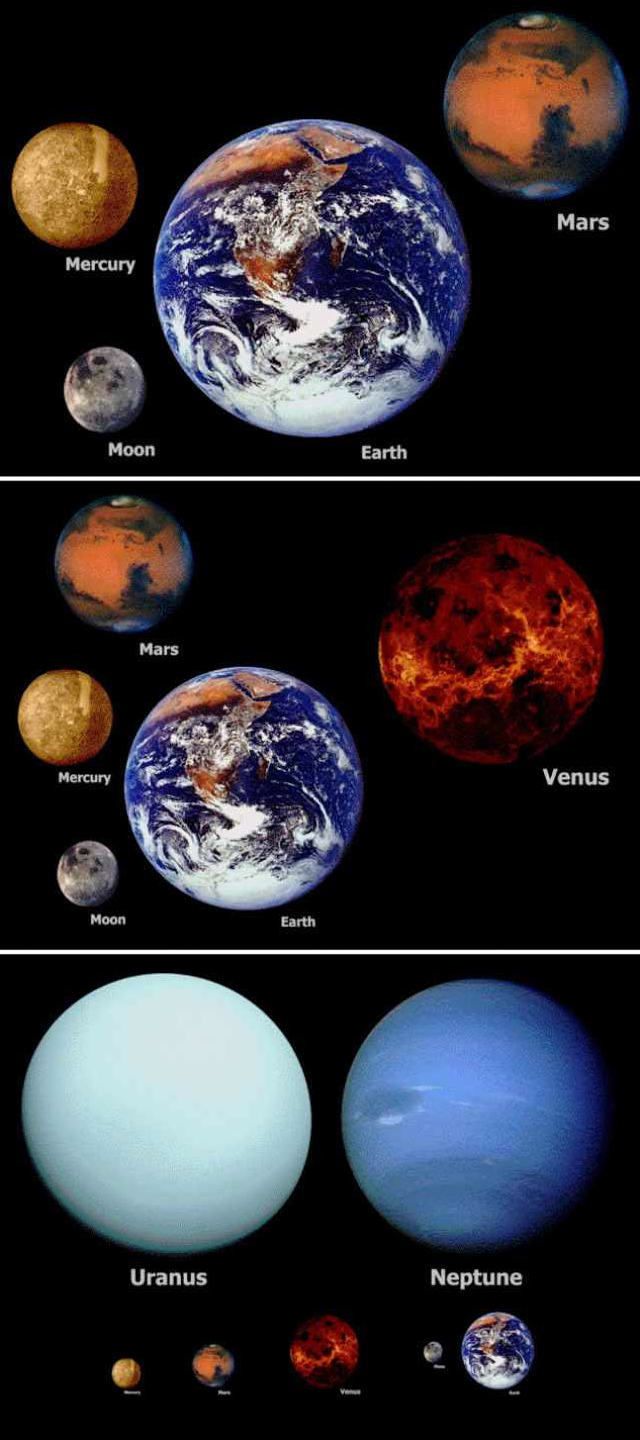
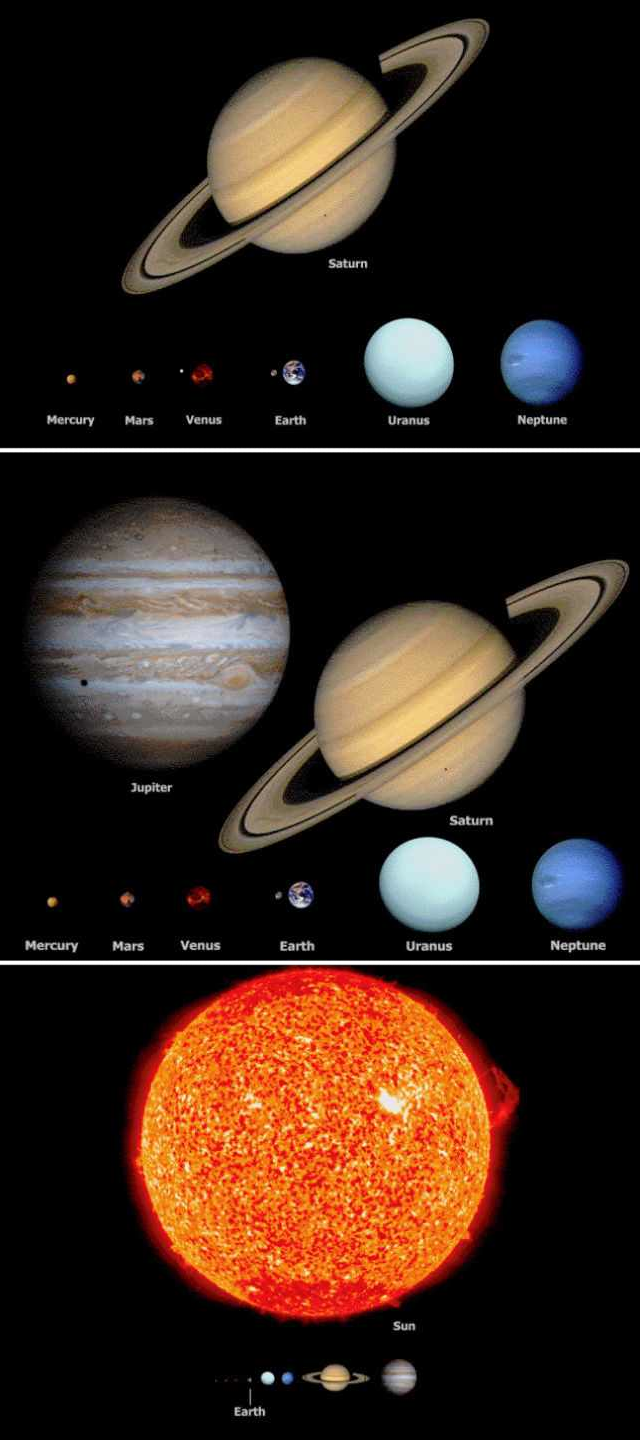




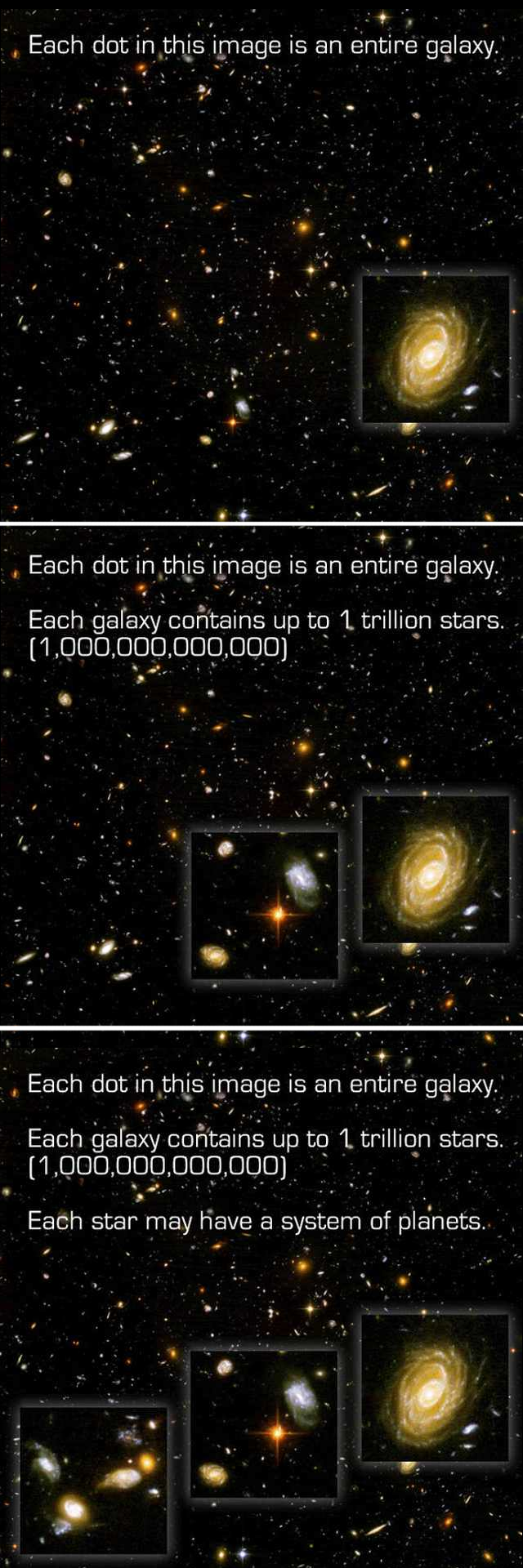




Black Hole Image Makes History; NASA Telescopes Coordinated Observations
A black hole and its shadow have been captured in an image for the first time, a historic feat by an international network of radio telescopes called the Event Horizon Telescope (EHT). EHT is an international collaboration whose support in the U.S. includes the National Science Foundation.
A black hole is an extremely dense object from which no light can escape. Anything that comes within a black hole’s “event horizon,” its point of no return, will be consumed, never to re-emerge, because of the black hole’s unimaginably strong gravity. By its very nature, a black hole cannot be seen, but the hot disk of material that encircles it shines bright. Against a bright backdrop, such as this disk, a black hole appears to cast a shadow.
The stunning new image shows the shadow of the supermassive black hole in the center of Messier 87 (M87), an elliptical galaxy some 55 million light-years from Earth. This black hole is 6.5 billion times the mass of the Sun. Catching its shadow involved eight ground-based radio telescopes around the globe, operating together as if they were one telescope the size of our entire planet.
“This is an amazing accomplishment by the EHT team,” said Paul Hertz, director of the astrophysics division at NASA Headquarters in Washington. “Years ago, we thought we would have to build a very large space telescope to image a black hole. By getting radio telescopes around the world to work in concert like one instrument, the EHT team achieved this, decades ahead of time.”
To complement the EHT findings, several NASA spacecraft were part of a large effort, coordinated by the EHT’s Multiwavelength Working Group, to observe the black hole using different wavelengths of light. As part of this effort, NASA’s Chandra X-ray Observatory, Nuclear Spectroscopic Telescope Array (NuSTAR) and Neil Gehrels SwiftObservatory space telescope missions, all attuned to different varieties of X-ray light, turned their gaze to the M87 black hole around the same time as the Event Horizon Telescope in April 2017. If EHT observed changes in the structure of the black hole’s environment, data from these missions and other telescopes could be used to help figure out what was going on.
While NASA observations did not directly trace out the historic image, astronomers used data from NASA’s Chandra and NuSTAR satellites to measure the X-ray brightness of M87’s jet. Scientists used this information to compare their models of the jet and disk around the black hole with the EHT observations. Other insights may come as researchers continue to pore over these data.
There are many remaining questions about black holes that the coordinated NASA observations may help answer. Mysteries linger about why particles get such a huge energy boost around black holes, forming dramatic jets that surge away from the poles of black holes at nearly the speed of light. When material falls into the black hole, where does the energy go?
“X-rays help us connect what’s happening to the particles near the event horizon with what we can measure with our telescopes,” said Joey Neilsen, an astronomer at Villanova University in Pennsylvania, who led the Chandra and NuSTAR analysis on behalf of the EHT’s Multiwavelength Working Group.
NASA space telescopes have previously studied a jet extending more than 1,000 light-years away from the center of M87. The jet is made of particles traveling near the speed of light, shooting out at high energies from close to the event horizon. The EHT was designed in part to study the origin of this jet and others like it. A blob of matter in the jet called HST-1, discovered by Hubble astronomers in 1999, has undergone a mysterious cycle of brightening and dimming.
Chandra, NuSTAR and Swift, as well as NASA’s Neutron star Interior Composition Explorer (NICER) experiment on the International Space Station, also looked at the black hole at the center of our own Milky Way galaxy, called Sagittarius A*, in coordination with EHT.
Getting so many different telescopes on the ground and in space to all look toward the same celestial object is a huge undertaking in and of itself, scientists emphasize.
“Scheduling all of these coordinated observations was a really hard problem for both the EHT and the Chandra and NuSTAR mission planners,” Neilsen said. “They did really incredible work to get us the data that we have, and we’re exceedingly grateful.”
Neilsen and colleagues who were part of the coordinated observations will be working on dissecting the entire spectrum of light coming from the M87 black hole, all the way from low-energy radio waves to high-energy gamma rays. With so much data from EHT and other telescopes, scientists may have years of discoveries ahead.
Original article:
http://nasa.gov/mission_pages/chandra/news/black-hole-image-makes-history
Time And Space
in mesopotamia there were no 'cover letters' or 'curriculum vitaes'. there were just, pots.
-
 sirquacklesdefoof liked this · 1 month ago
sirquacklesdefoof liked this · 1 month ago -
 blue-jacket-blues reblogged this · 1 month ago
blue-jacket-blues reblogged this · 1 month ago -
 herehaveafandom reblogged this · 2 months ago
herehaveafandom reblogged this · 2 months ago -
 godzillafandoesart liked this · 7 months ago
godzillafandoesart liked this · 7 months ago -
 madeofspite liked this · 1 year ago
madeofspite liked this · 1 year ago -
 not-mrs-cake reblogged this · 1 year ago
not-mrs-cake reblogged this · 1 year ago -
 wirelesswizard reblogged this · 1 year ago
wirelesswizard reblogged this · 1 year ago -
 h2odasavagebeast liked this · 2 years ago
h2odasavagebeast liked this · 2 years ago -
 love-is-pain-by-bri liked this · 2 years ago
love-is-pain-by-bri liked this · 2 years ago -
 kobithedragon liked this · 2 years ago
kobithedragon liked this · 2 years ago -
 maxinethevergine7898 reblogged this · 2 years ago
maxinethevergine7898 reblogged this · 2 years ago -
 maxinethevergine7898 liked this · 2 years ago
maxinethevergine7898 liked this · 2 years ago -
 jaco-paatorios-bass-fkshing reblogged this · 2 years ago
jaco-paatorios-bass-fkshing reblogged this · 2 years ago -
 wierduff liked this · 2 years ago
wierduff liked this · 2 years ago -
 dirdry liked this · 2 years ago
dirdry liked this · 2 years ago -
 mxsssnoopy reblogged this · 2 years ago
mxsssnoopy reblogged this · 2 years ago -
 mxsssnoopy liked this · 2 years ago
mxsssnoopy liked this · 2 years ago -
 space-samurai-x reblogged this · 2 years ago
space-samurai-x reblogged this · 2 years ago -
 sasukebutmorebratty liked this · 2 years ago
sasukebutmorebratty liked this · 2 years ago -
 d1zzygr3y liked this · 2 years ago
d1zzygr3y liked this · 2 years ago -
 stardevil653 liked this · 2 years ago
stardevil653 liked this · 2 years ago -
 fallenbells liked this · 2 years ago
fallenbells liked this · 2 years ago -
 the-fangorn-forest reblogged this · 2 years ago
the-fangorn-forest reblogged this · 2 years ago -
 delightfully-thomi-posts liked this · 2 years ago
delightfully-thomi-posts liked this · 2 years ago -
 incubusmommy liked this · 2 years ago
incubusmommy liked this · 2 years ago -
 crybabysappho liked this · 2 years ago
crybabysappho liked this · 2 years ago -
 finchrambles liked this · 2 years ago
finchrambles liked this · 2 years ago -
 sagwxtch liked this · 2 years ago
sagwxtch liked this · 2 years ago -
 izi-mulla reblogged this · 2 years ago
izi-mulla reblogged this · 2 years ago -
 tips-tricks-thingstoknow reblogged this · 2 years ago
tips-tricks-thingstoknow reblogged this · 2 years ago -
 ninja-o-s reblogged this · 2 years ago
ninja-o-s reblogged this · 2 years ago -
 luckyclover79 reblogged this · 2 years ago
luckyclover79 reblogged this · 2 years ago -
 luckyclover79 liked this · 2 years ago
luckyclover79 liked this · 2 years ago -
 scrumptiousangst reblogged this · 2 years ago
scrumptiousangst reblogged this · 2 years ago -
 knisterklee liked this · 3 years ago
knisterklee liked this · 3 years ago
